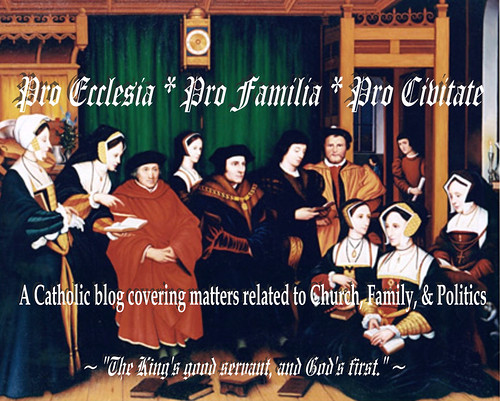Joanna Bogle on Durham Cathedral: "If Walls Could Talk, This Historic Site Would Sing"

Whitworth Art Gallery, Manchester University.
(Hat tip: The Roving Medievalist)
Joanna Bogle writes in the March 11-17 issue of the National Catholic Register about visiting Durham Cathedral (Anglican) in the north of England:
Durham Cathedral is one of Britain’s most famous and unforgettable buildings. It dominates the northern city over which it watches — a vast, glorious fortress-like structure around which everything else is gathered. And why not? It has stood here for 1,000 years.
Built in honor of St. Cuthbert (feast: March 20), the cathedral is the best and most complete example of Norman architecture anywhere in Britain. Some would say it’s the finest of its kind in all of Europe.
The Normans, of course, arrived in Britain in 1066, following the defeat of the Saxon king Harold at the Battle of Hastings. The transplants transformed the land, building great stone churches to replace the smaller, often wooden, ones that the Saxons had known.
Here at Durham, in Northumbria, the cathedral stands as a witness to centuries of Christian faith. Not without heartache and division, however: Today, of course, this is an Anglican cathedral, as it has been for some 400 years. Elsewhere in the town, a small and rather attractive Catholic church, also dedicated to St. Cuthbert, draws good congregations to its Masses. It also acts as a center for the Catholic students at Durham’s famed university.
We must continue to pray for Christian unity. Meanwhile today much good will prevails, and the Catholic visitor to the ancient cathedral can enjoy its history and recognize the love and care that today goes into its upkeep.
***
For hundreds of years, pilgrims venerated Cuthbert’s grave in this great church. During the Reformation much was destroyed, but a restoration brought much back. The grave, bearing his name in Latin, is there for all to see. Kneelers alongside invite prayer. Candles glow. People hush into silence as they respect this quiet place.
Also buried in Durham Cathedral is St. Bede the Venerable, England’s great historian who lived from 673 to 735. It is from the History of the English Church and People, written by this Saxon monk, that we know what we know about Christians’ early years in this country. Bede is the first known writer in English prose; before that, everything written in the land had been in Latin, a language he also used fluently. He also wrote in Greek...
[More - subscription required]

(Hat tip: The Roving Medievalist

Final resting place of St. Cuthbert and St. Bede.
(Hat tip: The Roving Medievalist)



1 Comments:
From John Saward's wonderful The Beauty of Holiness and the Holiness of Beauty:
Of all the churches in medieval England, none bore witness to the beauty of Christ and His saints more splendidly than ... the monastic Cathedral of Durham. As its first chronicler, Simeon of Durham (c. 1060 - 1130), says, this 'holy church' owes it very origin to the saints, for 'to the praise of God, it preserves ... with involate care those most sacred relics, worthy of all veneration, the incorrupt body of the most holy father, Cuthbert, and the most adorable head of the king and martyr, Oswald.' ... In these images that portrayed Paradise, as in the chantries that pointed to Purgatory, the man of faith was taught that there is one Mystical Body of Christ, one Christendom in divers states (militant, expectant, and triumphant), and that among all Christ's members, by the working of the Holy Spirit, there is communion, an exchange of spiritual goods.
Post a Comment
<< Home